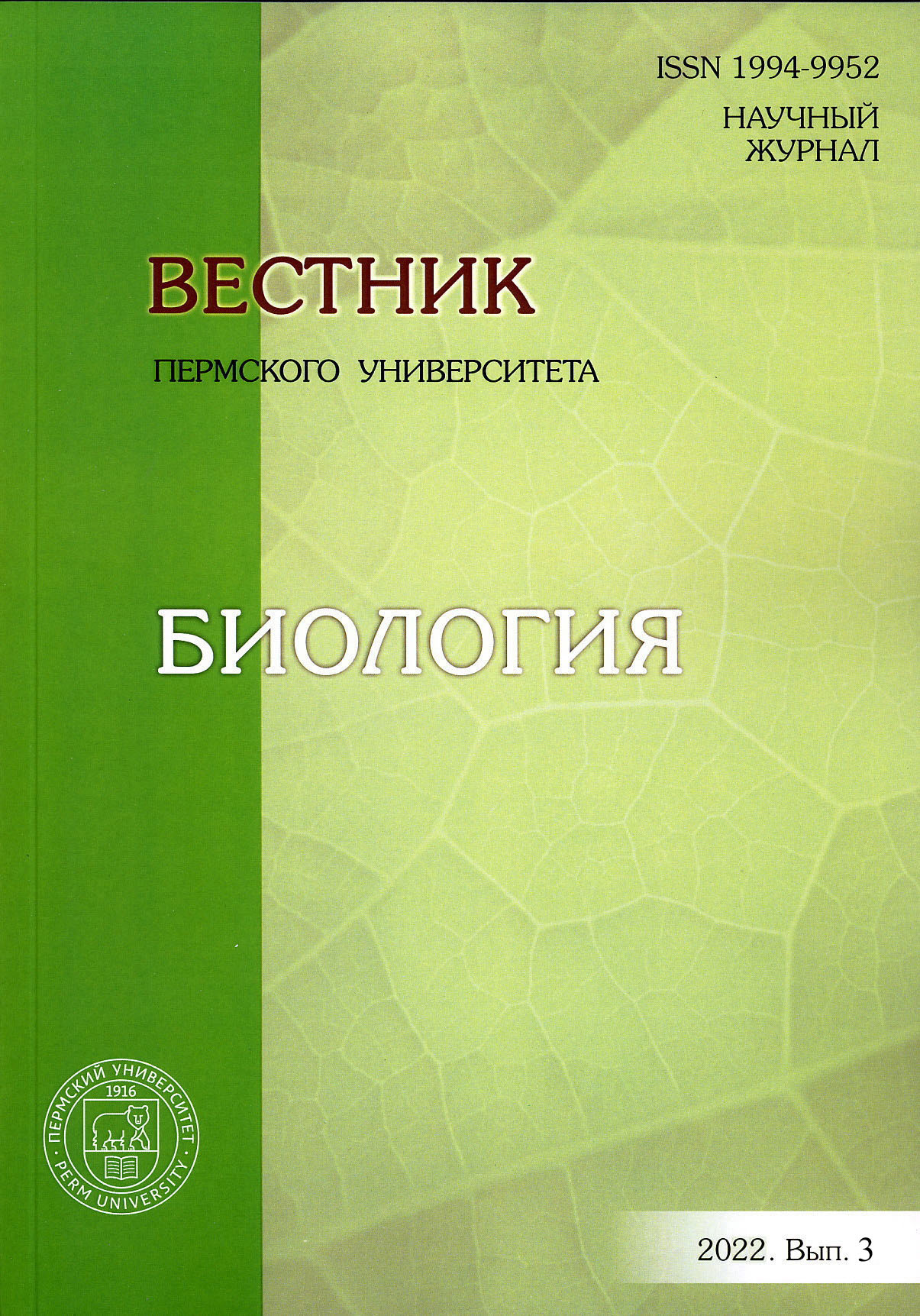Таксономический состав и численность планктонных водорослей в водах Западной Антарктики (февраль–март 2020 г.)
##plugins.themes.bootstrap3.article.main##
Аннотация
##plugins.themes.bootstrap3.article.details##
Лицензионный договор на право использования научного произведения в научных журналах, учредителем которых является Пермский государственный национальный исследовательский университет
Текст Договора размещен на сайте Пермского государственного национального исследовательского университета http://www.psu.ru/, а также его можно получить по электронной почте в «Отделе научных периодических и продолжающихся изданий ПГНИУ»: YakshnaN@psu.ru или в редакциях научных журналов ПГНИУ.
Библиографические ссылки
Антипов Н.Н., Кашин С.В., Молчанов М.С. Океанографические исследования Южного океана в 14-м рейсе НЭС «Академик Трёшников» // Российские полярные исследования. 2020. № 2. С. 32–35.
Герасимюк В.П. Водоросли прибрежных вод и внутренних водоемов острова Галиндез (архипелаг Аргентинские острова, Антарктика) // Альгология. 2008. Т. 18, № 1. С. 58–71.
Гогорев Р.М. Таксономический состав планктонных и ледовых водорослей в водах Антарктики (2006–2007 гг.) // Новости систематики низших растений. 2009. Т. 43. С. 36–49.
Гогорев Р.М. Новые данные о морфологии и таксономии видов Fragilariopsis (Bacillariophyta) из Южного океана // Новости систематики низших растений. 2010. Т. 44. С. 39–55.
Гогорев Р.М. Центрические диатомовые (Bacillariophyta) из Южного океана // Новости систематики низших растений. 2013. Т. 47. С. 37–53.
Методика изучения биогеоценозов внутренних водоемов. М., 1975. 239 с.
Мэгаррн Э. Экологическое разнообразие и его измерение. М.: Мир, 1992. 184 с.
Сёмина Г.И., Голикова Г.С., Нагаева Г.А. Фитопланктон южной части Атлантического океана в ноябре-декабре 1971 г. // Океанический фитопланктон и первичная продукция: сб. статей. М.: Наука, 1982. С. 5–19.
Almandoz G.O., Fabro E., Ferrario M. et al. Species occurrence of the potentially toxigenic diatom genus Pseudonitzschia and the associated neurotoxin domoic acid in the Argentine Sea // Harmful Algae. 2017. Vol. 63. P. 45–55.
Andreoli C., Tolomio C., Moro I. et al. Diatoms and dinoflagellates in Terra Nova Bay (Ross Sea-Antarctica) during austral summer 1990 // Polar Biol. 1995. Vol. 15. P. 465–475.
Cefarelli A.O., Ferrario M.E., Almandoz G.O. et al. Diversity of the diatom genus Fragilariopsis in the Argentine Sea and Antarctic waters: morphology, distribution and abundance // Polar. Biol. 2010. Vol. 33. P. 1463–1484.
Cefarelli A.O., Vernet M., Ferrario M.E. Phytoplankton composition and abundance in relation to free-floating Antarctic icebergs // Deep-Sea Research II. 2011. Vol. 58. P. 1436–1450.
Dotto T.S. et al. A novel hydrographic gridded data set for the northern Antarctic Peninsula // Earth Syst. Sci. Data. 2021. Vol. 13. P. 671–696.
Fonda U.S., Monti M., Bergamasco A. et al. Plankton community structure and dynamics versus physi-cal structure from Terra Nova Bay to Ross Ice Shelf (Antarctica) // J. Mar. Syst. 2005. Vol. 55. P. 31–46.
Garibotti I.A., Vernet M., Ferrario M.E. Phytoplankton spatial distribution patterns along the western Antarctic Peninsula (Southern Ocean) // Mar. Ecol. Prog. Ser. 2003. Vol. 261. P. 21–39.
Gogorev R.M., Samsonov N.I. The genus Chaetoceros (Bacillariophyta) in Arctic and Antarctic // Ново-сти систематики низших растений. 2016. Т. 50. С. 56–111.
Hoppenrath M., Elbrächter M., Drebes G. Marine Phytoplankton – selected mircoplankton species from the North Sea around Helgoland and Sylt. Stuttgart: Schweizerbart, 2009. 264 p.
Kang S.-H., Fryxell G.A. Phytoplankton in the Weddell Sea, Antarctica: composition, abundance and dis-tribution in water-column assemblages of the marginal ice-edge zone during austral autumn // Marine Biology. 1993. Vol. 116. P. 335–348.
Kopczyńska E.E., Weber L.H., El-Sayed S.Z. Phytoplankton species composition and abundance in the Indian sector of the Antarctic ocean // Polar. Biol. 1986. Vol. 6. P. 161–169.
Mangoni O., Saggiomo V., Bolinesi F. et al. Phytoplankton blooms during austral summer in the Ross Sea, Antarctica: Driving factors and trophic implications // PLoS ONE. 2017. Vol. 12, № 4. e0176033. doi: 10.1371/journal.pone.0176033.
Mattson E. et al. The relationship between biophysical variables and halocarbon distributions in the wa-ters of the Amundsen and Ross Seas, Antarctica // Marine Chemistry. 2012. doi: 10.1016/j.marchem.2012.07.002.
Mendes C.R.B., Souza M.S., Garcia V.M.T. et al. Dynamics of phytoplankton communities during late summer around the tip of the Antarctic Peninsula // Deep-Sea Research I. 2012. Vol. 65. P. 1–14.
Orsi A.H., Wiederwohl C.L. A recount of Ross Sea waters // Deep-Sea Research II. 2009. Vol. 56. P. 778–795.
Riaux-Gobin C. et al. Land-fast ice microalgal and phytoplanktonic communities (Ade´lie Land, Antarc-tica) in relation to environmental factors during ice breakup // Antarctic Sci. 2003. Vol. 15. P. 353–364.
Riaux-Gobin C. et al. Nutrients, algal biomass and communities in land-fast ice and seawater off Ade´lie Land (Antarctica) // Antarctic Sci. 2000. Vol. 12. P. 160–171.
Rozema P.D., Venables H.J., Poll W.H. et al. Interannual variability in phytoplankton biomass and spe-cies composition in northern Marguerite Bay (West Antarctic Peninsula) is governed by both winter sea ice cover and summer stratification // Limnology and Oceanography. 2017. Vol. 62, № 1. P. 235–252.
Saggiomo M., Poulin M., Mangoni O. et al. Spring-time dynamics of diatom communities in landfast and underlying platelet ice in Terra Nova Bay, Ross Sea, Antarctica // J. Mar. Syst. 2017. Vol. 166. P. 26–36.
Smetacek V., Nicol S. Polar ocean ecosystems in a changing world // Nature. 2005. Vol. 437. P. 362–368.
Thomas D.N., Dieckmann G.S. Antarctic sea ice – a habitat for extremophiles // Science. 2002. Vol. 295. P. 641–644.
Tomas C.R., Hasle G.R. Identifying marine phytoplankton. San Diego: Academic Press, 1997. 858 p.




